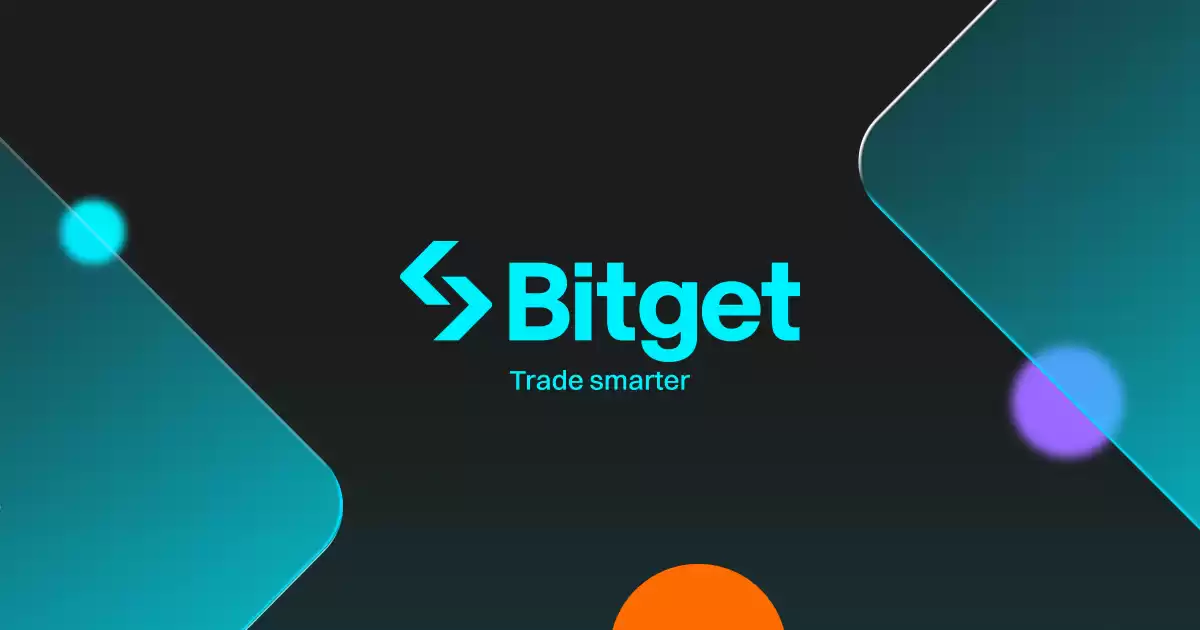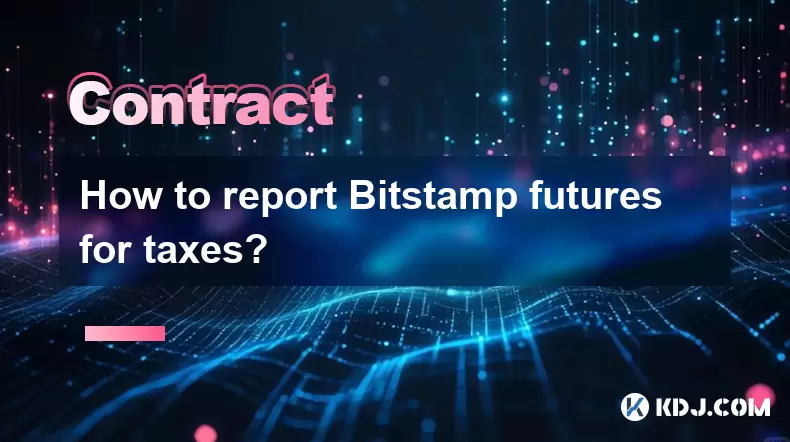-
 Bitcoin
Bitcoin $115000
0.12% -
 Ethereum
Ethereum $3701
4.50% -
 XRP
XRP $3.081
2.99% -
 Tether USDt
Tether USDt $0.0000
-0.01% -
 BNB
BNB $767.9
1.45% -
 Solana
Solana $169.5
3.13% -
 USDC
USDC $0.9999
0.01% -
 Dogecoin
Dogecoin $0.2106
4.30% -
 TRON
TRON $0.3334
1.62% -
 Cardano
Cardano $0.7564
2.54% -
 Stellar
Stellar $0.4165
0.76% -
 Hyperliquid
Hyperliquid $38.75
0.25% -
 Sui
Sui $3.593
3.00% -
 Chainlink
Chainlink $17.08
3.59% -
 Bitcoin Cash
Bitcoin Cash $573.6
4.35% -
 Hedera
Hedera $0.2508
-0.84% -
 Avalanche
Avalanche $23.07
6.46% -
 Ethena USDe
Ethena USDe $1.001
-0.02% -
 Litecoin
Litecoin $120.8
8.17% -
 UNUS SED LEO
UNUS SED LEO $8.943
-0.32% -
 Toncoin
Toncoin $3.400
-5.60% -
 Shiba Inu
Shiba Inu $0.00001255
1.54% -
 Uniswap
Uniswap $9.908
6.32% -
 Polkadot
Polkadot $3.718
2.10% -
 Monero
Monero $303.0
-0.74% -
 Dai
Dai $0.9999
-0.02% -
 Bitget Token
Bitget Token $4.392
0.91% -
 Cronos
Cronos $0.1403
6.31% -
 Pepe
Pepe $0.00001076
1.13% -
 Aave
Aave $267.2
1.80%
How to adjust leverage multiples on Bitget
On Bitget, traders have the flexibility to adjust leverage multiples, altering the risk-to-reward ratio of their trades by increasing or decreasing the initial capital invested.
Nov 09, 2024 at 09:11 pm

How to Adjust Leverage Multiples on Bitget
Bitget, a leading cryptocurrency exchange, offers traders the ability to adjust leverage multiples on their positions, allowing them to increase or decrease the potential returns and risks associated with their trades. This guide will provide a comprehensive overview of the steps involved in adjusting leverage multiples on Bitget.
1. Open a Bitget Account
To begin, you will need to create an account on Bitget. Visit the official website and click on the "Sign Up" button. Enter your email address and create a password. You will also need to provide some basic personal information and agree to the terms of service.
2. Verify Your Identity
Once you have created an account, you will need to verify your identity. This is a mandatory step required by Bitget to comply with global anti-money laundering and know-your-customer regulations. You will need to provide a government-issued ID (e.g., passport, driver's license) and a selfie.
3. Fund Your Account
To trade on Bitget, you will need to fund your account with cryptocurrency. Bitget supports a wide range of cryptocurrencies, including Bitcoin (BTC), Ethereum (ETH), and USDT. You can deposit funds into your account through a variety of methods, such as bank transfer, credit/debit card, or third-party payment gateways.
4. Select a Trading Pair
Once your account is funded, you will need to select a trading pair. A trading pair is a pair of cryptocurrencies that are traded against each other. For example, the BTC/USDT trading pair represents the trading of Bitcoin against Tether.
5. Set Leverage Multiple
After selecting a trading pair, you can now set the leverage multiple for your trade. Leverage multiplies your trading capital, allowing you to trade larger positions with less capital. However, it is important to note that leverage also amplifies both your potential profits and losses.
To set the leverage multiple, click on the "Leverage" field. By default, the leverage is set to "1x," which means you are not using any leverage. You can increase or decrease the leverage multiple by clicking on the up or down arrows.
6. Consider the Risks
Before adjusting the leverage multiple, it is important to consider the risks involved. Higher leverage multiples can magnify both your potential profits and losses. It is recommended to use leverage cautiously and only trade with capital that you can afford to lose.
7. Submit Order
Once you have set the leverage multiple and considered the risks, you can submit your order. To submit an order, enter the amount of currency you wish to trade and click on the "Buy" or "Sell" button. Your order will be placed on the exchange and will be executed once the price reaches your desired level.
8. Monitor Your Position
After submitting your order, it is important to monitor your position. The leverage multiple can be adjusted at any time, but it is recommended to do so only when necessary. You can monitor your position by clicking on the "Positions" tab on the Bitget website.
9. Manage Your Risk
Managing your risk is a crucial aspect of trading with leverage. There are several ways to manage risk, including using stop-loss orders, taking profits when possible, and avoiding trading with more capital than you can afford to lose.
10. Close Your Position
Once you are satisfied with the profits or losses on your trade, you can close your position. To close a position, click on the "Close" button next to the position on the "Positions" tab. You can also close a position by placing an opposite order.
Disclaimer:info@kdj.com
The information provided is not trading advice. kdj.com does not assume any responsibility for any investments made based on the information provided in this article. Cryptocurrencies are highly volatile and it is highly recommended that you invest with caution after thorough research!
If you believe that the content used on this website infringes your copyright, please contact us immediately (info@kdj.com) and we will delete it promptly.
- Velo Universe, DEX, and DeFi Security: Navigating the Future of Decentralized Trading
- 2025-08-05 09:25:13
- Bitget Wallet Revolutionizes Solana with Gas-Free Transactions: A New Era for DeFi
- 2025-08-05 09:25:13
- Ozak AI, Crypto Boom, and ROI Potential: Is This the Next Big Thing?
- 2025-08-05 09:25:24
- Solana's ETF Hopes & the All-Time High Chase: Is SOL Set to Soar?
- 2025-08-05 09:25:24
- Coinbase's Brian Armstrong and the Art of Focused Work: A Deep Dive
- 2025-08-05 09:25:30
- Uniswap Price Prediction: Bullish Reversal on the Horizon?
- 2025-08-05 09:25:30
Related knowledge

Why is my Bitstamp futures position being liquidated?
Jul 23,2025 at 11:08am
Understanding Futures Liquidation on BitstampFutures trading on Bitstamp involves borrowing funds to open leveraged positions, which amplifies both po...

How to report Bitstamp futures for taxes?
Jul 30,2025 at 08:35am
Understanding Bitstamp Futures and Taxable EventsWhen trading Bitstamp futures, it’s essential to recognize that these financial instruments are treat...

Does Bitstamp offer inverse contracts?
Jul 23,2025 at 01:28pm
Understanding Inverse Contracts in Cryptocurrency TradingIn the realm of cryptocurrency derivatives, inverse contracts are a specific type of futures ...

What is the difference between futures and perpetuals on Bitstamp?
Jul 27,2025 at 05:08am
Understanding Futures Contracts on BitstampFutures contracts on Bitstamp are financial derivatives that allow traders to speculate on the future price...

How to find your Bitstamp futures trade history?
Jul 23,2025 at 08:07am
Understanding Bitstamp and Futures Trading AvailabilityAs of the current state of Bitstamp’s service offerings, it is critical to clarify that Bitstam...

Can I use a trailing stop on Bitstamp futures?
Jul 23,2025 at 01:42pm
Understanding Trailing Stops in Cryptocurrency TradingA trailing stop is a dynamic type of stop-loss order that adjusts automatically as the price of ...

Why is my Bitstamp futures position being liquidated?
Jul 23,2025 at 11:08am
Understanding Futures Liquidation on BitstampFutures trading on Bitstamp involves borrowing funds to open leveraged positions, which amplifies both po...

How to report Bitstamp futures for taxes?
Jul 30,2025 at 08:35am
Understanding Bitstamp Futures and Taxable EventsWhen trading Bitstamp futures, it’s essential to recognize that these financial instruments are treat...

Does Bitstamp offer inverse contracts?
Jul 23,2025 at 01:28pm
Understanding Inverse Contracts in Cryptocurrency TradingIn the realm of cryptocurrency derivatives, inverse contracts are a specific type of futures ...

What is the difference between futures and perpetuals on Bitstamp?
Jul 27,2025 at 05:08am
Understanding Futures Contracts on BitstampFutures contracts on Bitstamp are financial derivatives that allow traders to speculate on the future price...

How to find your Bitstamp futures trade history?
Jul 23,2025 at 08:07am
Understanding Bitstamp and Futures Trading AvailabilityAs of the current state of Bitstamp’s service offerings, it is critical to clarify that Bitstam...

Can I use a trailing stop on Bitstamp futures?
Jul 23,2025 at 01:42pm
Understanding Trailing Stops in Cryptocurrency TradingA trailing stop is a dynamic type of stop-loss order that adjusts automatically as the price of ...
See all articles

























































































